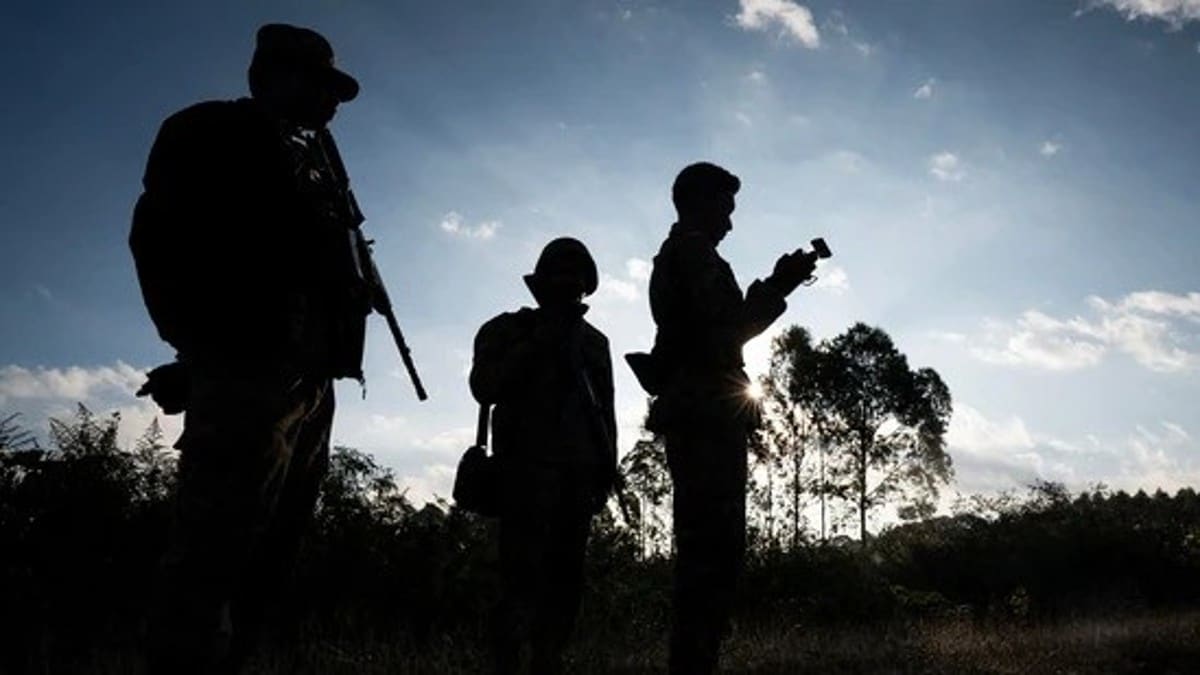
Following the 2021 military coup in Myanmar led by Senior General Min Aung Hlaing, junta forces are perilously close to defeat against the resistance. They have lost major trade routes in the north, northeast bordering China, east with Thailand, and parts of the west with India, Bangladesh, and access to the Bay of Bengal. Ethnic Armed Organisations (EAOs), local militias, and the new People Defence Force from the National Unity Government (NUG) of Nobel laureate Aung San Suu Kyi’s National League for Democracy, which is part of the resistance, have made rich territorial gains.
Junta losses in the last two months include headquarters for North East Command at Lashio and large tracts of territory in the Rakhine and Chin provinces and the Sagaing region contiguous with India and Bangladesh. India-operated Sittwe Port has been surrounded by the Arakan Army, forcing the evacuation of its consulate. Dhaka had allowed use of Mongla and Chittagong ports as alternatives to Sittwe, which calls for confirmation with the Caretaker Administration.

The junta could be considering a new horseshoe-shaped defence perimeter in the central Bmar heartland of Mandalay,Naypyidaw, the new capital, and Yangon. The attacks against Rohingyas by the Arakan Army in August have started another exodus of refugees into an already disturbed Bangladesh. The Myanmar National Democratic Alliance in the north and the Arakan Army in the south and west have strong links with China, which brokered a short-lived ceasefire between them and the junta.
China is front and back of the junta’s tentative hold of Myanmar. It follows a double-hand policy—supporting Gen Hlaing and selectively resisting forces. Chinese Special Envoy Deng Xijun has met Hlaing and his Foreign Minister, Than Swe.
Foreign Minister Wang Yi met Hlaing on August 15 and pledged to support any future election, which has been postponed six times. China’s key strategic interest is in the China-Myanmar Economic Corridor from Kunming in Yunan to Mandalay and Kyaukphyu Port overlooking the Bay of Bengal in Rakhine State. It will permit skipping its Achilles heel, Malacca Straits.
It is India that should be worried, being sandwiched between turmoil in Bangladesh and turbulence in Myanmar border areas in Chin and Rakhine states, which the junta no longer controls. Paletwa, the inland water terminal of the flagship Multi-Modal Kaladan River Project (MMKRP) to Mizoram, is shared on the border between areas controlled by the Arakan Army and Chin Defence Forces, who control border areas contiguous with Manipur and Mizoram and have captured Rikhawdar, Tonzang, and Matupi. Junta’s scorched earth strategy of air and artillery attacks against lost territory has caused havoc, resulting in casualties and shortages of food and medicine.
Despite Track Two advisories to New Delhi to provide humanitarian aid to internally displaced people, the government is loath to establish contact with the Chinland Council and the Arakan Army, both of which have strong ties with China, as it fears it will annoy the junta, which will be advantageous to China. But it will be worse if China reaches out to them first. India’s connectivity projects depend on the use of the Sittwe port, which relies on their goodwill and cooperation.
These projects are the lynchpin of India’s Act East policy. Besides the agencies, the Mizoram government is reportedly in touch with Chinland officials as well as the Arakan Army. Myanmarese along the border require medicines, food, and other logistics, which can be provided after clearance from the government.
Foreign Minister S Jaishankar visited Aizawl and later met Than Swe during a bilateral meeting on the sidelines of a BIMSTEC meet in New Delhi. Than Swe’s visit was the first official visit by any junta official since the coup. The Modi government has not engaged with resistance forces or NUG but has called for an early return to transition to democracy, ceasing hostilities, and dialogue with all stakeholders.
Others to visit Naypyidaw are Foreign Secretary Vikram Misri when he was Deputy National Security Adviser and NSA Ajit Doval, who met his counterpart Adm Moe Aung during the NSAs BIMSTEC meeting at Naypyidaw late July. He also met Gen Hlaing, who does not meet too many visitors. India’s interests are in keeping intact the two-decade-long relations with the Myanmar Army so that border areas are free from insurgents, trafficking of illegal immigrants, drugs, and weapons.
Consequently, the government has revoked the popular Free Movement Regime and is fencing the border. Junta losing control of border with India warrants review of its policy and establishing humanitarian corridors through Rikhadwar and Thantlang, both controlled by the Chin Council, and a third via Paletwa to Matupi, also governed by the Chinland Council but on the Chin-Rakhine border where there is joint control between Chin Brotherhood Forces and Arakan Army. Similar corridors were established last year by Thailand with the Karenni National Army.
Mizoram and Manipur host nearly 70,000 refugees, mostly Aizawl. Home Minister Amit Shah recently discussed the possibility of establishing humanitarian corridors with Jaishankar, but a call has yet to be taken. According to a United States Institute of Peace (USIP) paper of 29 July on humanitarian corridors, the US is prepared to cooperate with India and provide funds.
In Manila, I recently met the editor of Myanmar’s Mizzima magazine, Soe Myint who ingeniously operates several TV stations inside Myanmar. He was one of several refugees who lived in a safehouse in the Krishna Menon Marg residence of late lawmaker George Fernandes. He has been urging India to quickly reach out to the Arakan Army and Chin Defence Force before Chinese do so.
A vast majority of Myanmarese refugees are in Mizoram, the launchpad of Act East policy. UNHRC’s Thomas Andrews has accused the junta of genocidal violence after losing control in Rakhine and Chin states. An implosion, or at minimum, a General’s coup may replace Gen Hlaing who is unrelenting on any dialogue process, which even the resistance forces may not be willing to join.
He is determined to hold a sham election in the Central Heartland and areas it controls. As a deadlocked ASEAN is unable to act, New Delhi must quickly establish the humanitarian corridors after informing Naypyidaw before Beijing steps in. It must also prepare for the day after—a balkanisation of Myanmar following the collapse of junta control.
India, Japan, and ASEAN partners can help to forge an alliance between EAOs and NUG to negotiate with the junta and start a dialogue process. The author is former GOC IPKF South Sri Lanka and founder member Defence Planning Staff, now Integrated Defence Staff, Ministry of Defence. Views expressed in the above piece are personal and solely those of the author.
They do not necessarily reflect Firstpost’s views..














